Greenpeace has been associated with the rainbow since we first began, it’s an emblem of hope and diversity on all of our ships, and it’s in the name of our flagship – after all, we are all Rainbow Warriors. As Pride month draws to a close we wanted to wave that rainbow to celebrate our diverse LGBTQ+ crews, staff and supporters, all around the world. Diversity matters, it’s at the heart of what Greenpeace is about and it makes us all stronger.
But queerness is in no way just limited to us humans, and we wanted to take a moment to celebrate some of the fabulous rainbow diversity found in our ocean critters. Suffice it to say, there is more wondrous complexity, fabulousness and flamboyance in the ocean than we could ever fit into just one blog, and if ocean creatures had Facebook relationship statuses, then a heck of a lot of them would fall into the category of ‘it’s complicated’.

Of course, things like sexuality, gender and relationships are human concepts – just like hate, prejudice and LGBTQ+phobia, which you won’t find any of in the animal kingdom – so any attempt to apply them to other creatures should of course be taken with a massive pinch of sea salt.
That said, here are just a few of our favourite queer sea creatures:
Most Seahorses are bisexual
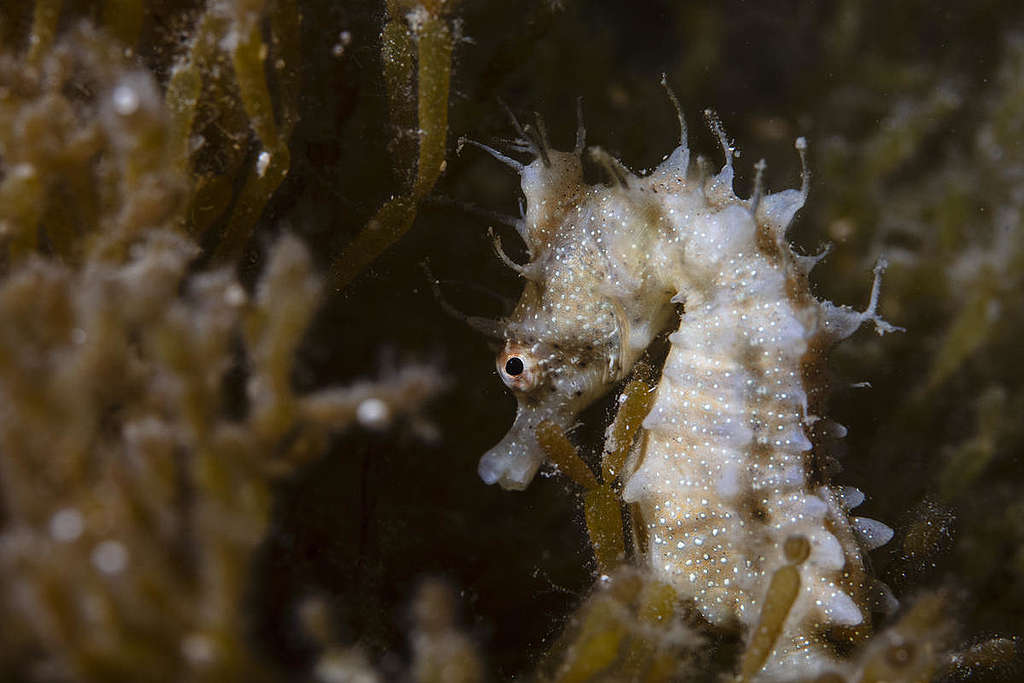
Seahorses already defy gender roles, with the males bearing eggs and giving birth to their young, but it also turns out almost all seahorses are bisexual, forming relationships with both male and female partners. Seahorse bisexuality seems especially more true of tropical species, while the two species found in chillier UK waters seem to be exceptions to the bisexual rule. We blame the cold, obviously.
Lesbian Albatrosses are committed partners and parents
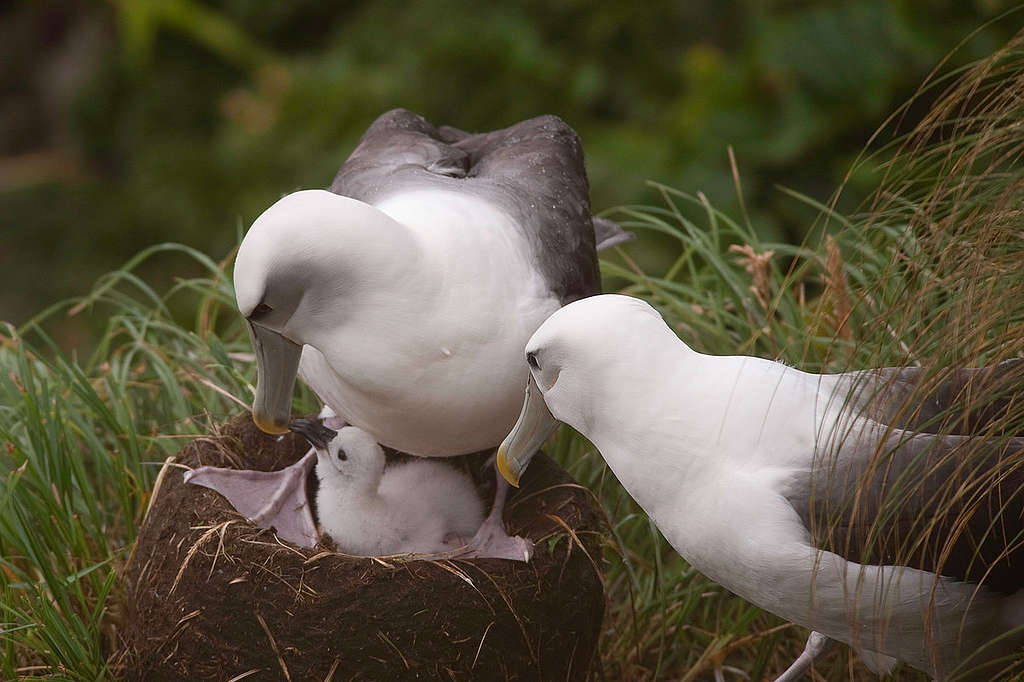
In some colonies of albatrosses, such as the island of Oahu in Hawaii, as many as a third of the nesting pairs raising young are both females. Though they (ahem!) ‘make use’ of a male to get pregnant, the egg is incubated and the young is cared for and raised by two female parents. The female couples show the same devotion to their partners, sharing parenting duties, displaying together and pair-bonding, and will raise chicks together year after year.
Starfish are both female and male at once
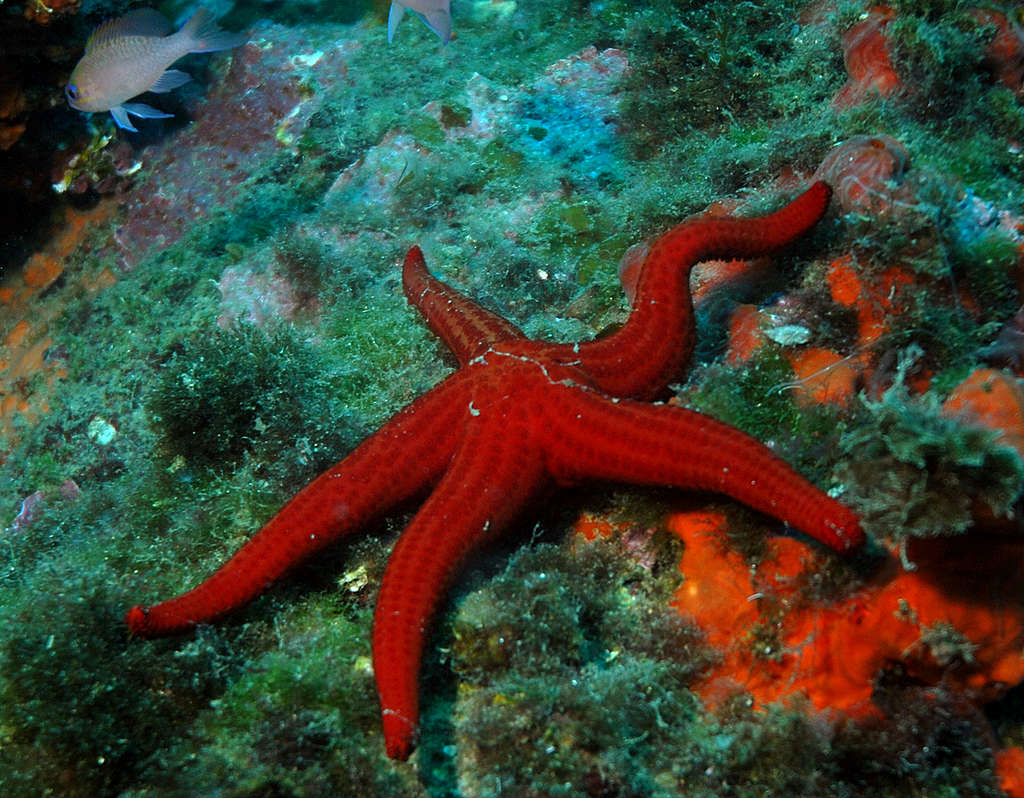
Starfish, sea stars and sea urchins are a big successful family of creatures, found in oceans, rockpools, kelp forests and beaches all around the world, but they’ve simply never needed the constraints of gender. They are hermaphrodites, which means every one of them is both female and male at the same time. Hermaphroditism is pretty common in invertebrate species, and although they usually still need another animal to mate with, they’re clearly seeking some more deep and meaningful traits than just gender in their chosen partners.
Wrasse fish can change gender to become male
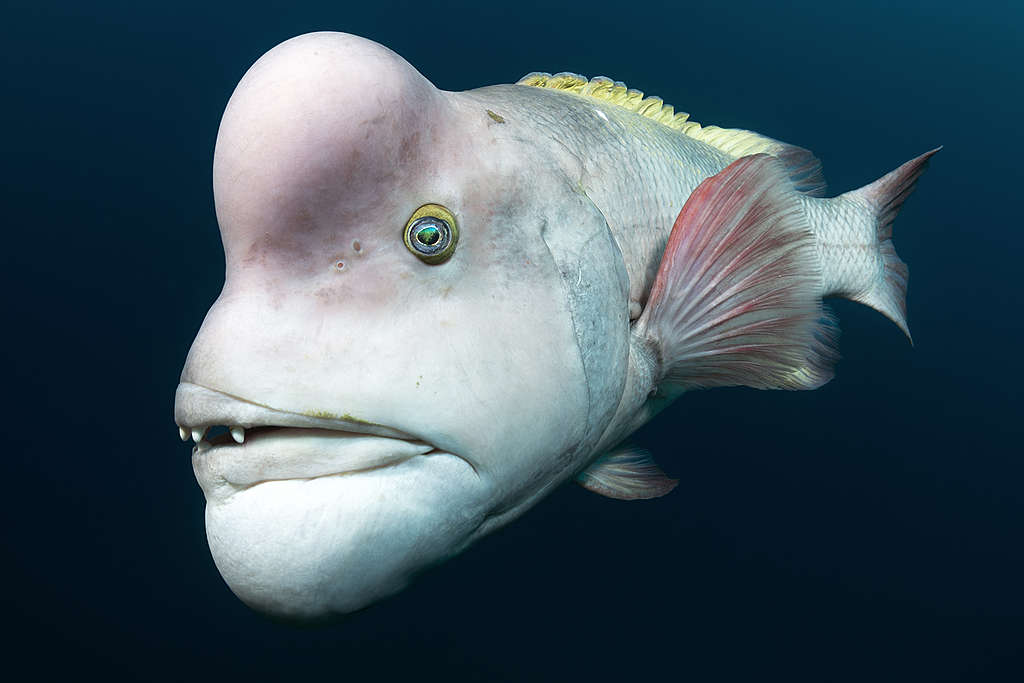
All bluehead and sheephead wrasse are born female. They live in small groups with just one dominant male. If that male dies, or disappears, the most dominant female changes gender to become the dominant male. This is known as sequential hermaphroditism, because the fish are never both genders at once, they physically change from one to the other.
Clownfish change gender to become female
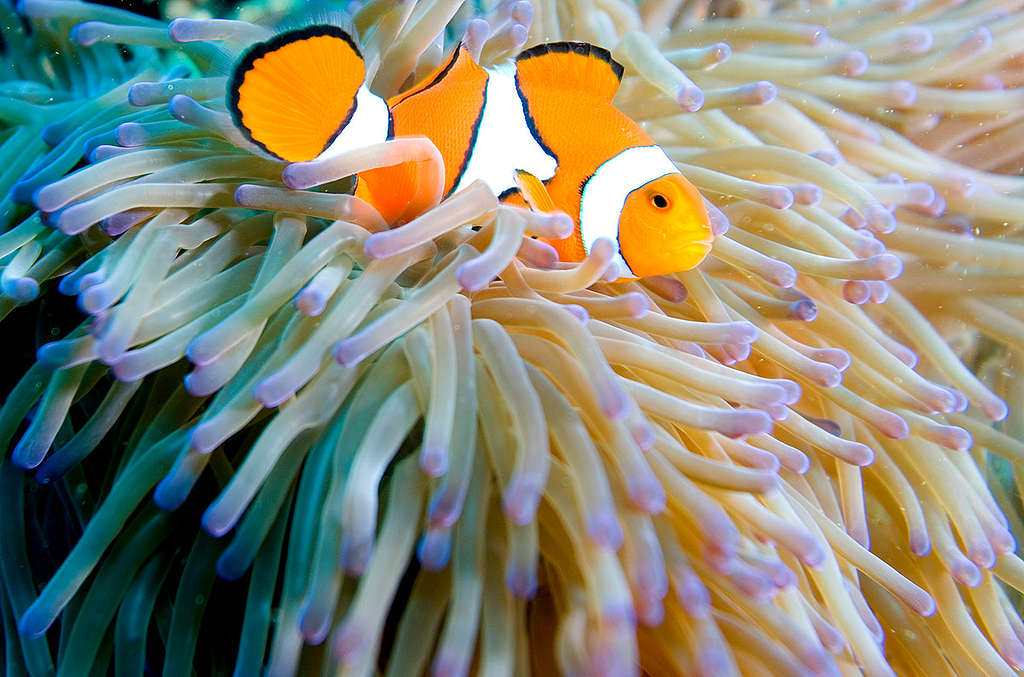
Not to be outdone, Clownfish are all born male, but can turn female if a top job opportunity presents itself. Clownfish and other anemonefish live in small groups with one dominant female in charge, and a small number of males in a strict hierarchy. Should the boss female disappear, the most high-ranking male becomes the dominant female, and the males all get a promotion and jump up one level in the pecking order. Yes, that *does* mean Finding Nemo didn’t tell you the whole truth.
Teenage Orcas have guys-only gay gangs
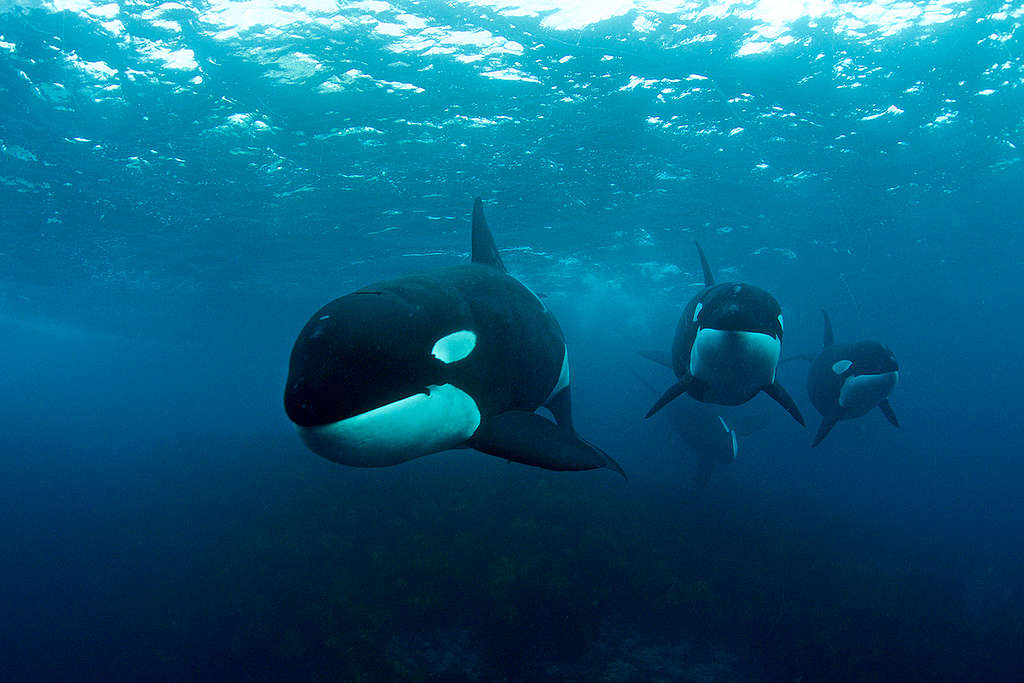
They’re lovers, not biters. After young orcas are old enough to leave their family group, they form seasonal packs of just young male whales. When they’re not busy feeding or telling each other porpoise jokes, they indulge in lots of male-on-male sex. None of the gang are left out, and all of them seem to be enjoying themselves. Make your own ‘Free Willy’ jokes.
That was just a quick dive in the world of queer ocean critters. There wasn’t even time to tell you about LGBTQ+ penguins, dolphins, seals or squid! While you might now look differently at some of your favourite movies, or have new-found respect for some of your favourite animals, hopefully it also shows just how much we have in common with our fabulous marine wildlife – and how there is so, so, so much more we still have to learn.

No comments:
Post a Comment
Note: Only a member of this blog may post a comment.